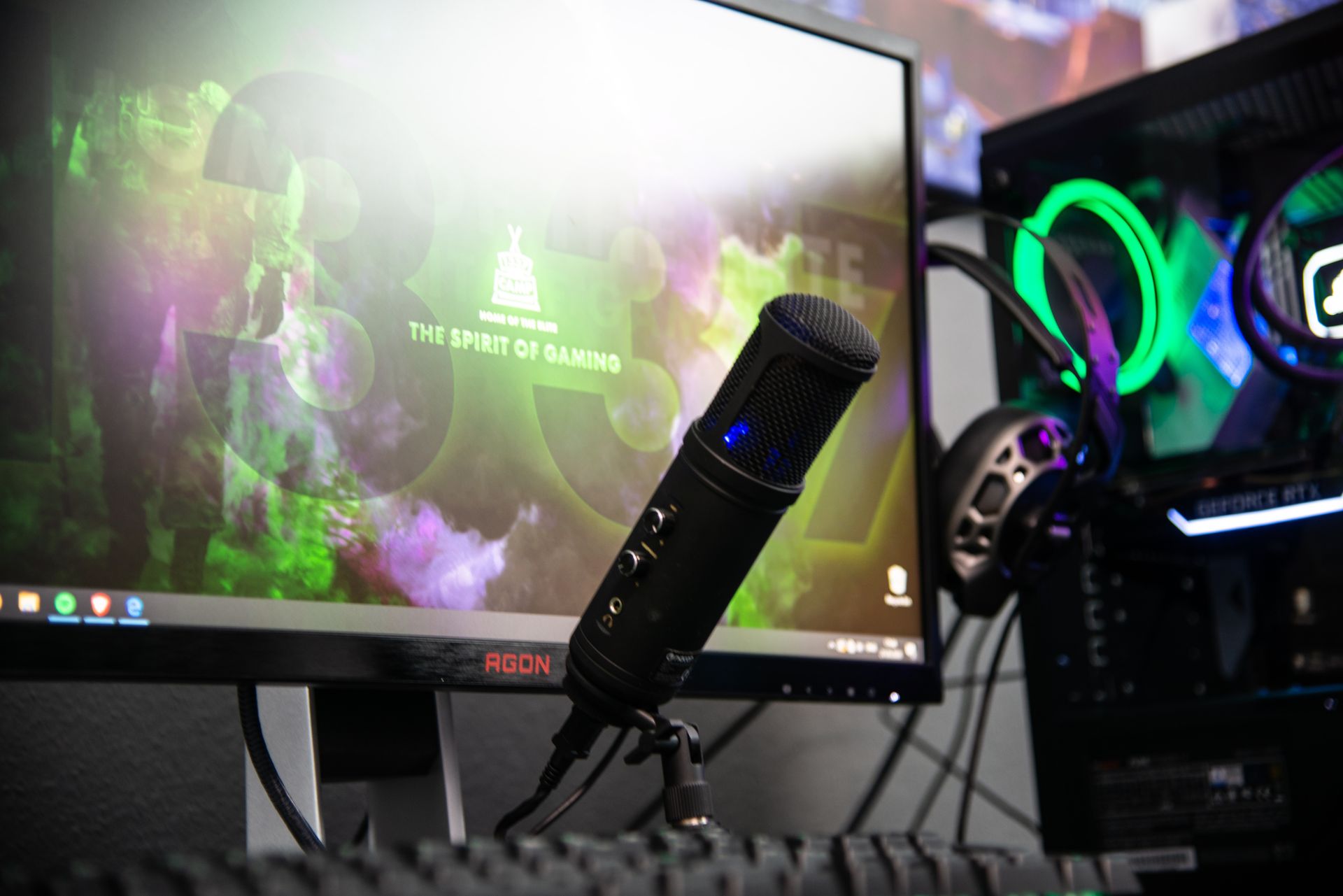In this article, we’ll talk about Twitch artistic nudity policy and the new Twitch ToS. Twitch is updating the way it responds to backlash regarding sexual content. As part of this change, the streaming platform will now allow some previously banned content, but it will need to have a label to warn viewers. Here are the details…
New Twitch ToS: What does Twitch artistic nudity cover?
Twitch has long struggled with policing sexually explicit content and has been heavily criticized for it in the past. The popular platform notably banned Indiefoxx for what it claimed was a clothing issue while streaming, but the company did not warn or ban top streamer Pokimane, who accidentally showed a Pornhub page. The company also recently banned a female streamer who appeared to be topless.

The platform will now allow content that contains “intentionally emphasised breast, buttocks or pelvic region,” but that stream will need to carry a Content Classification Label (CCL). Twitch uses the CCL, a system it launched in June for creators to notify users if their streams contain sexual themes, gambling, obscenity, or other mature content. The same goes for content with “fully exposed breasts and/or genital or buttock areas drawn, animated, or sculpted,” as well as content with “writing on female breasts and/or buttocks.”
Twitch will also not take action against broadcasts of erotic dances, such as striptease, that have this label. Conversely, Twitch will not require tags for streams that include twerking, lunch breaks, and other erotic dances.
Angela Hession, Twitch’s chief customer safety officer, said that the platform is “constantly updating” its policies based on “feedback from streamers,” which “can be difficult to know how to interpret their content.

While Twitch has eased some of its restrictions on sexual content, this does not open the door to sex games, sexual violence, or porn. Twitch maintains that these are “completely prohibited.” Users will not see streams with mature content on Twitch’s homepage. Labeled content is discouraged on Twitch’s homepage if it contains drugs, intoxication, or excessive tobacco use; violence and graphic depictions; gambling; and/or sexual themes. Users can still search for tagged content or find it directly on a creator’s channel.
This does not mean that streams containing mature-rated games will be removed from the homepage. Twitch handles them separately: when users play games with a Mature rating, it will automatically apply a “Mature-rated game” tag.
Details about the New Twitch Sexual Policy
Based on feedback from streamers, Twitch has learned that its current content policies are complex and that it can be difficult for streamers to know how their content will be interpreted based on those policies. In fact, the company wants to ensure that streamers understand Twitch’s rules and that viewers get the experience they expect. To accomplish this, the company has made the following changes:
Simplifying the sexual content policy
The company argues that to be effective, policies must be easy to understand. This would allow publishers to understand what the site does and does not allow. The confusion arises because there are currently two separate policies on sexual content in the Community Guidelines. There is also a section in the Content Classification Guidelines where a publisher must indicate that their content contains sexual themes. Going forward, the sexually suggestive content and sexually explicit content policies will be combined into a single Sexual Content Policy within the Community Guidelines. This policy will specify the types of sexual content that are prohibited on Twitch, and violating this policy will result in account enforcement.

In merging these two policies, Twitch notes that it has removed language from the Sexually Explicit Content Policy that is similar to the language in the Content Classification Guidelines. The guidelines, which explain when content with Sexual Themes requires a labeling tag, were not sufficiently separate from the language in the Sexually Explicit Content Policy, making it difficult to follow.
Updating content criteria for homepage suggestions
The company also recognizes that not all members of its community want to see certain content, even if it is correctly labeled with a Content Classification Label. When a CCL is applied, viewers must explicitly give their consent before they can start watching the stream. However, when tagged streams are shown on the Twitch homepage, viewers can still see the content that offends them in stream thumbnails.
You can check out the FAQ about the change, which includes more context about this update, at the link at the bottom of Twitch’s blog post.





